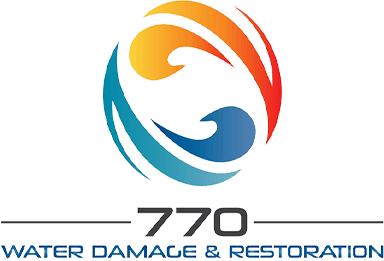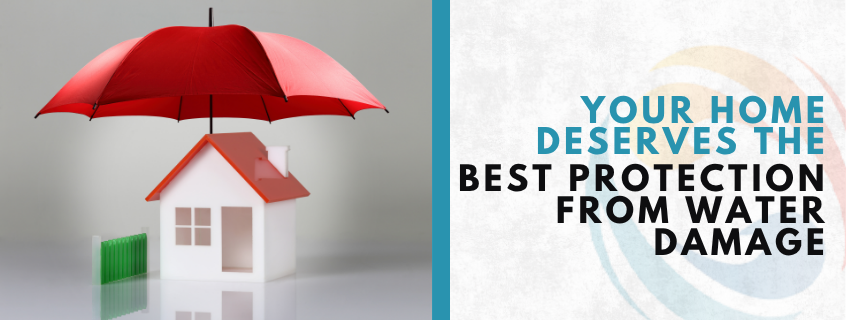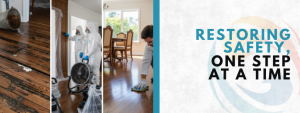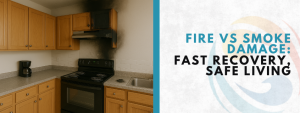Water damage can strike unexpectedly, and homeowners in Malibu know how quickly storms or plumbing issues can wreak havoc. When it happens, two terms often come up: water mitigation vs remediation. Understanding the difference is crucial for minimizing damage, preventing mold, and restoring your home efficiently.
Water Mitigation: Stopping the Damage Before It Escalates
Water mitigation is the first step in responding to water damage. Its goal is to stabilize the property and prevent further harm.
How Water Mitigation Works
- Assessment: Professionals evaluate the affected areas, identify water sources, and determine the severity of damage.
- Emergency Water Removal: Standing water is extracted quickly using pumps and water vacuums. This prevents structural damage and long-term issues.
- Drying and Dehumidification: Industrial fans and dehumidifiers remove hidden moisture from floors, walls, and furniture.
- Sanitization: Contaminated water is treated with disinfectants to reduce health risks.
Water Remediation: Restoring Your Home for the Long Term
Once the immediate threat of water damage is under control, water remediation focuses on repairing, cleaning, and protecting your home for the long term. Professional water remediation involves repairing or replacing water-damaged materials such as drywall, flooring, and insulation to restore your property’s structural integrity. In addition, mold prevention treatments are applied to eliminate existing mold and stop future infestations, keeping your home safe and healthy. Finally, waterproofing and repairs reinforce areas prone to leaks, including sealing foundations and improving drainage, to reduce the risk of future damage. Altogether, remediation ensures that your home is fully restored, protected, and resilient against recurring water issues.
Comparing Water Mitigation vs Remediation
Understanding the difference helps homeowners respond appropriately:
| Feature | Water Mitigation | Water Remediation |
| Purpose | Stop further damage | Repair and restore property |
| Timeframe | Immediate action | Long-term restoration |
| Scope | Stabilization and extraction | Full repair, cleaning, and prevention |
| Focus | Control and containment | Safety, health, and durability |
Why Both Are Essential
Understanding why both water mitigation and remediation are essential is crucial for homeowners facing water damage. Water damage prevention is a key benefit, as mitigation stops further damage immediately while remediation handles repairs and long-term protection. Acting quickly helps prevent recurring problems like mold growth, structural weakening, and hidden moisture, which are especially common in homes.
In addition to preventing future issues, taking swift action offers significant cost savings. Addressing water damage early reduces expensive repairs later, while professional services, including Water Damage Restoration Malibu, provide peace of mind. With expert intervention, your home is thoroughly restored, structurally secure, and protected against future water issues, ensuring a safe, healthy, and resilient living environment for you and your family.
Signs You Need Professional Help
- Pooled water or persistent damp spots
- Musty odors or visible mold
- Warped or buckled flooring
- Water stains on walls or ceilings
Additional Tips for Homeowners
- Document Damage: Take photos for insurance claims.
- Turn Off Electricity: Safety first around water.
- Call Experts Promptly: Early intervention ensures faster recovery.
- Water Extraction Services: Use professionals for large-scale water removal to prevent hidden damage.
Protecting Your Malibu Home: Key Takeaways
For Malibu homeowners facing water damage, understanding water mitigation vs remediation is essential. Water mitigation focuses on stopping further damage immediately, removing standing water, and drying affected areas to prevent mold and structural issues. Water remediation, on the other hand, restores your home by repairing damaged materials, preventing mold growth, and reinforcing vulnerable areas to reduce future risks. Combining these processes with professional expertise, emergency water removal, and preventive strategies ensures your Malibu property remains safe, dry, and structurally sound. Acting quickly not only protects your home but also saves on costly repairs and provides peace of mind.
FAQ: Water Mitigation vs Remediation
Q1: Can I handle water mitigation myself?
A1: Small spills can sometimes be managed, but professional mitigation ensures all moisture is removed, preventing mold and structural issues.
Q2: How long does remediation take?
A2: Depending on the extent of damage, remediation can take days to weeks. Full repairs like flooring or drywall replacement take longer.
Q3: Does insurance cover mitigation and remediation?
A3: Many policies cover water damage, but coverage varies. Acting quickly and documenting damage improves your chances.
Q4: Can mitigation prevent the need for remediation?
A4: Immediate mitigation reduces damage but rarely eliminates the need for full remediation. Both steps are usually necessary.
Q5: When should I call for professional help after water damage?
A5: You should contact a professional immediately if you notice standing water, damp walls, musty odors, or visible mold. Quick action limits damage and speeds up recovery.
